
Introduction
This revival account has to do with Daniel Baker (1791-1857), a Presbyterian circuit riding minister who experienced many revivals over the course of his life.
He was born in Midway, Georgia and was orphaned at a young age. Even so, he was blessed to have received a scholarship at age 20, and in the summer of 1811 he began his studies at Hampden Sydney College in Hampden Sydney, Virginia.
It was at this college that his passion for Christ began to blossom, as well as his leadership ability in inspiring others into a closer relationship with God. At this college he was successful in getting other students to join with him for prayer, and he often spoke with other students about their relationships with God.
First Revival – Princeton University
Baker transferred to Princeton University (Princeton, New Jersey), at the beginning of the winter session of 1813. He joined the junior class there, and it was then that the anointing for revival began to emerge.
Baker stated that the majority of the students at Princeton had no spiritual interests:
At this time religion was at a very low ebb in the college. There were about one hundred and forty-five students, and of these, only six, so far as I knew, made any profession of religion.
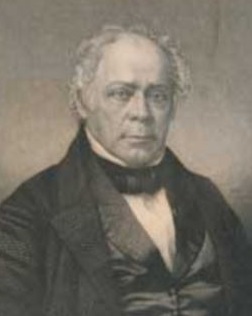
Daniel Baker
Extraordinary Prayer
Baker enlisted the prayer support of a few of the other believers and they began praying for other students by name. As they were “praying for a revival of religion” in the college, they also exercised faith in what God would do, and began going from room to room sharing about Christ.
Before long there was a move of the Holy Spirit, and 70-80 of the students fell “under the influence of deep religious feeling.” Of those:
► Close to 50 were converted.
► Twenty to thirty became ministers.
► Two became bishops.
► One became the president of a college.
► One became a missionary to the Sandwich Islands (Hawaii). This person was undoubtedly involved in the 1836 Hawaiian Revival.
Itinerant – Missionary Calling
Throughout his career Baker would repeatedly take a pastorate for a few years, and in a short time would experience a “divine discontentment” which would lead him to leave that work for his true calling which involved conducting evangelistic tours.
After his graduation from Princeton in 1815 he began widespread preaching tours through Virginia. The following year he married, then settled down in 1818 to pastor the congregations in Harrisonburg and New Erection, Virginia. With a strong calling to evangelistic ministry, he was never comfortable long in any pastoral position.
In 1821 he said:
I began to have a hankering after a missionary life.
That “hankering” led him to leave those congregations and once again make evangelistic tours throughout Virginia.
The Effect of His Evangelistic Preaching
Baker would often visit areas that were still without a church or that had any regular services of any kind. Having scheduled to visit one such area, he was surprised to see that upon his arrival:
► The number of horses that were there was astonishing.
► There was no home that could accommodate the crowd of people that had gathered.
► Preaching was conducted in the open air.
► Following his sermon, after the last hymn, the people wouldn’t let him go, they demanded another sermon.
► After his second sermon was finished, they demanded yet another.
► After his third sermon, though the sun was going down, the people still refused to leave.
► It wasn’t until a storm came that the rain dispersed the crowd.
Of that moment in time Baker said that the people’s hearts were melting, that there were tears in their eyes, and that they were hungry for more. As he was leaving, they begged him to return, or to send others to come and preach to them.
Pastorate of Second Presbyterian Church in Washington, D.C. (1822-1828)
Though he experienced no revival at the Washington church he pastored, he did say that there were times when “we had what may be called heavenly dew.”
The attendance grew at this church, and he preached 3x on Sundays, in addition to preaching in the marketplace on Pennsylvania Avenue, to “a mixed multitude of loafers, loungers, the sons of the bottle, and the sons of Ham.”

Some of the main locations mentioned in this revival account.
Pastoring Church in Savannah, Georgia (1828-1831)
In 1828, Baker accepted the call to pastor the Presbyterian Church in Savannah, Georgia. It was a large congregation, but, as Baker confessed, it was lethargic, and was “resting upon past laurels.” Also, many of the congregants were burdened down with pridefulness of their social positions.
After about 2 years of serving this congregation, it appears as though the congregation’s worldliness had brought their pastor down to their spiritual level. Baker began to realize the situation and spent a day in prayer and fasting.
► He acknowledged that not a single person had been awakened by his preaching for 6 months.
► He confessed his sin and prayed for a reviving for himself.
A Revived Pastor Led to a Revived Congregation
Following his resolution to obey his calling fully, and being more determined than ever to commit himself to ministry, he began seeing changes take place.
► Personal devotional times changed.
► His preaching changed.
► He began to weep again while praying and preaching.
► Others in the congregation would weep as he preached.
► Special Tuesday night prayer meetings were scheduled, with many participating.
New Life – New Opposition
As is common in all revivals, not everyone wants the change that comes with a move of the Holy Spirit. Some in the church didn’t like Baker’s blunt preaching. They wanted “seeker-friendly” sermons. One of the elder’s warned Baker:
Mr. Baker, if you continue to preach this way, none of the young people will join our church.
Baker responded to that comment by saying,
I do not want them to join, unless they are converted.
Savannah Special Meetings Scheduled for October 1831
With this new life surging through the congregation, it was agreed upon to conduct a series of meetings, and an outside minister was invited to come in and preach.
Schedule for Prayer and the Meetings
► Prayer was conducted at sunrise in the church.
► There were three services per day.
► They continued these meetings for 10 days.
Result of these Meetings
► They produced a “deep chastening impression of the presence and holiness of the Spirit of God and some 20 persons professed conversion.”
► The leaders that initially opposed his preaching got saved!
► The passion to pray increased, and
Neighborhood prayer meetings were organized and met once or twice each week for two months. Other churches and denominations began to feel the effects of the coming down of the Spirit of grace and supplication.
Of this continuing movement, Baker said:
This religious interest continued, without much abatement, for about one year, during which period one hundred persons were added to the communion of my church; and the blessed work of grace extending to other churches, the whole number brought in, if I mistake not, was about two hundred and fifty.
The News Spread
As the news of the revival in Savannah spread, many churches in South Carolina Lowcountry decided to call Daniel Baker to come and conduct similar meetings for them.
Revivals in Gillisonville, Grahamville, May River, and Beaufort, South Carolina
Responding to the invitation, Baker held meetings in Gillisonville, Grahamville, May River, and Beaufort, South Carolina.
The Report on the Grahamville Meetings
The Rev. Daniel Baker, a Presbyterian minister, visited Grahamville, and preached with remarkable success. Many of the young and the old, the lawyers and planters, turned to the Lord. The duellist threw away his pistols, the infidel believed in Christ, political feuds were forgotten, and the power of the gospel confessed. – Episcopal minister
The Report of the Gillisonville Meetings
► “Something like 60 persons were hopefully converted.”
► Of those 60, “two or three became preachers of the gospel.”
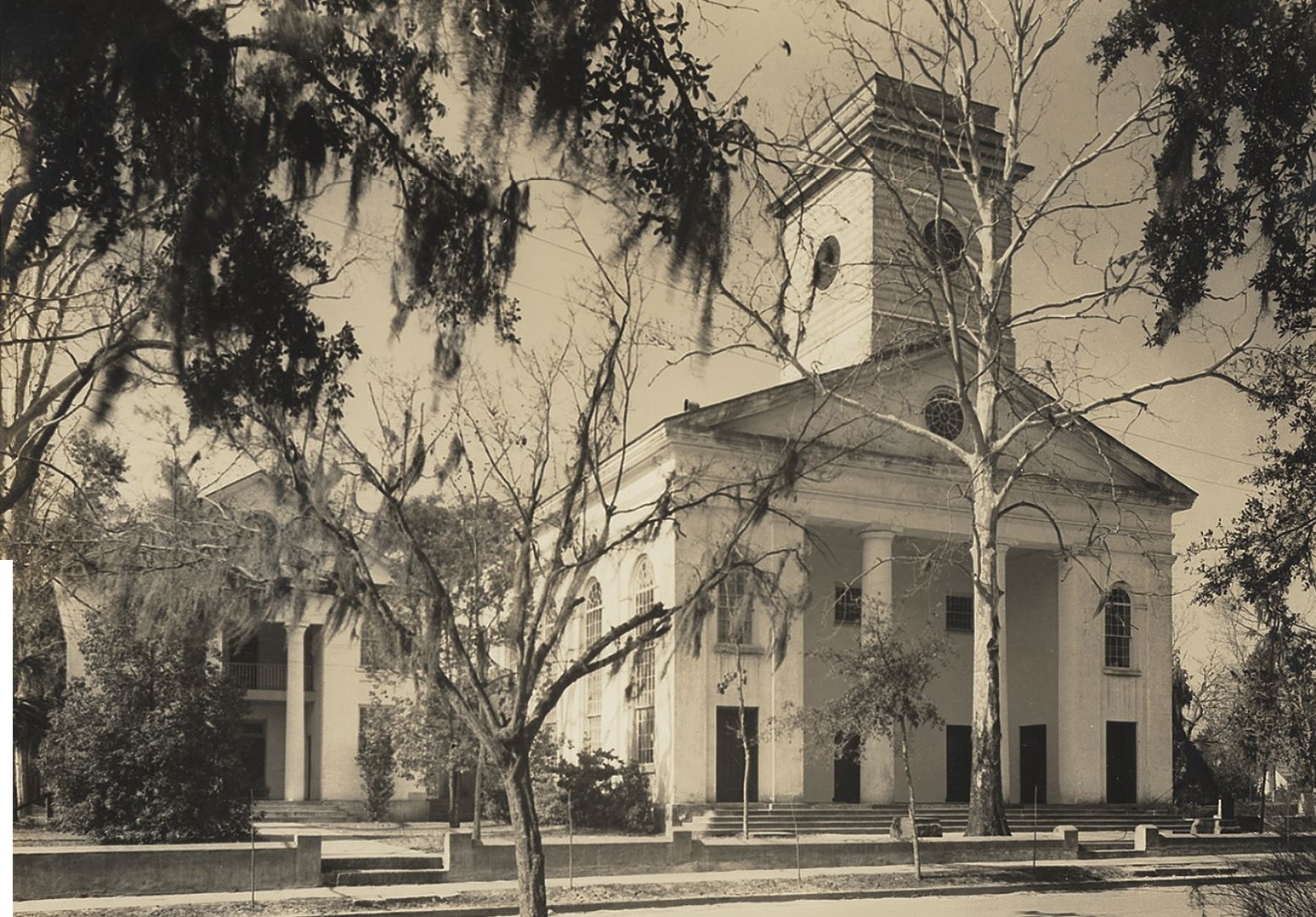
Beaufort Baptist Church, built in 1844,
about 12 years after the revival of 1832
Out of all other locations at this time,
the Beaufort meetings were “the most remarkable.”
While in Beaufort, Baker preached services at the St. Helena Parish Church (Episcopal) and the Baptist Church of Beaufort.
Overview of the Beaufort Meetings
► There were 3 meetings per day, for 10 days.
► The churches were packed, with meetings held in both the Baptist and Episcopal churches.
► In between meetings he would preach in houses full of people.
► There was a prayer gathering each day at sundown.
► About 80 were converted.
Baker’s comments on this revival:
A holy atmosphere pervaded the town, and affected the entire population to a degree unparalleled, save in the revival described by President Edwards, at Northampton, in 1735.
The Beaufort Gazette described the meetings this way:
► Politics were forgotten.
► Businesses stood still.
► The shops and stores were shut.
► The schools closed.
► The revival was the only subject that occupied people’s minds.
► The church was filled to overflowing.
Quoting from the Beaufort Gazette:
The Rev. Daniel Baker, of Savannah, has been with us for some time, and never, surely, since the days of the Apostles, has more fervid zeal, or ardent piety, or untiring labour been devoted by a Christian minister to his cause. For ten unwearied days, from morning until nine at night, have we heard the strongest and most impassioned appeals to the heads and hearts of his hearers.
When the solemn stillness was broken by the voice of the preacher, citing the impenitent to appear before the judgement seat of heaven; reproving, persuading, imploring… and when crowds moved forward and fell prostrate at the foot of the altar, and the rich music of hundreds of voices, and the solemn accents of prayer rose over the kneeling multitude, it was not in human hearts to resist the influence that awoke its sympathies, and spoke its purest and most elevated feeling.
Distinctions were laid aside. Christians of all denominations met and worshipped together, indiscriminately, in either church, and the cordiality of their mutual attachment was a living commentary on the great precept of their Teacher, “Love one another.”
Animosities long continued, were sacrificed; coldness and formality were forgotten. Our community seemed like one great family.
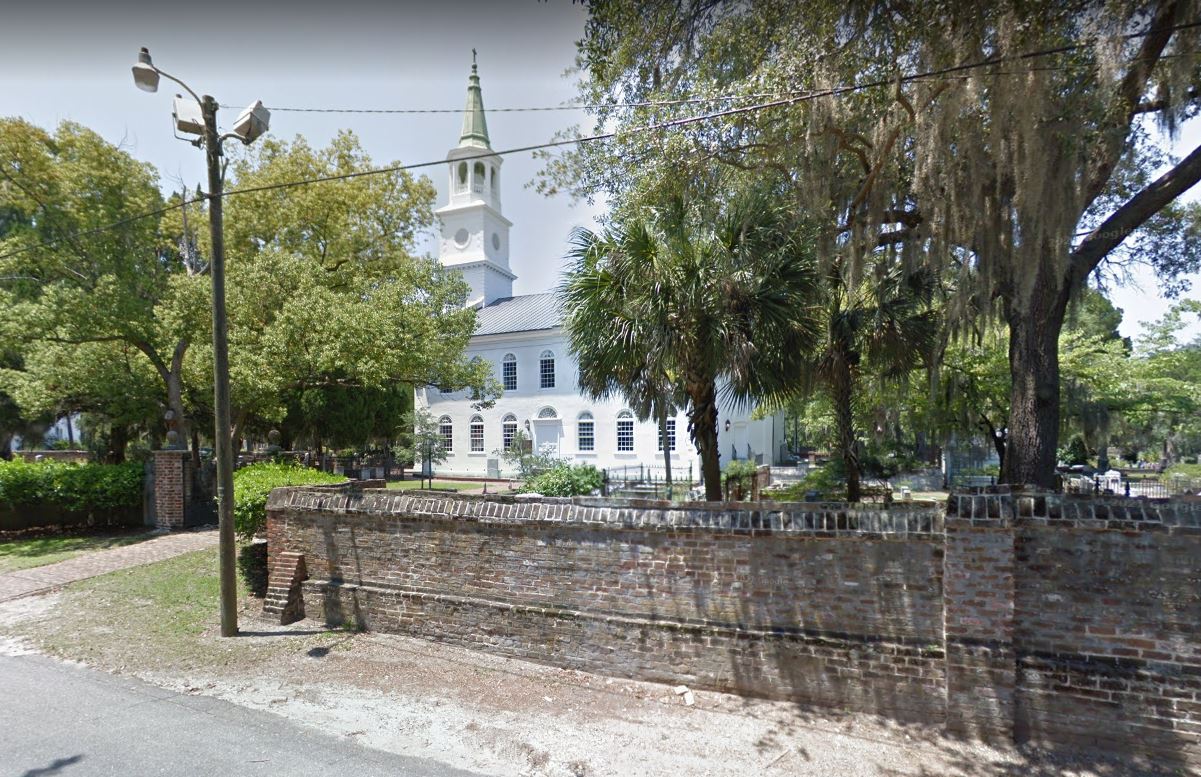
St. Helena Parish Church (Episcopal) in Beaufort, South Carolina
The minister of the St. Helena Parish Church in Beaufort, as well as others, reported on the outcome of the meetings like this:
► The number attending the churches more than doubled.
► About 70 of the young, from wealthy families, presented themselves for confirmation in the Episcopal church.
► About 70 other whites, as well as very many blacks, joined the Baptists.
► There were close to 300 conversions.
► There were at least 11 young men that entered the ministry.
► From other congregations in the area, 3 more were called into the ministry.
► One of those called into the ministry left their law profession to obey God in their new calling.
► The effects of the revival were as visible upon the community and the church.
► The truths of God’s word were frequent themes of conversation.
► Family prayer was established in almost every house.
► The unconverted in the community were in the minority, and the majority–the believers–exerted their influence and placed the stamp of the Gospel on all of society.
► For 20 years the moral and religious tone in the community was more pronounced than what some witnessed in Europe or in other parts of America.
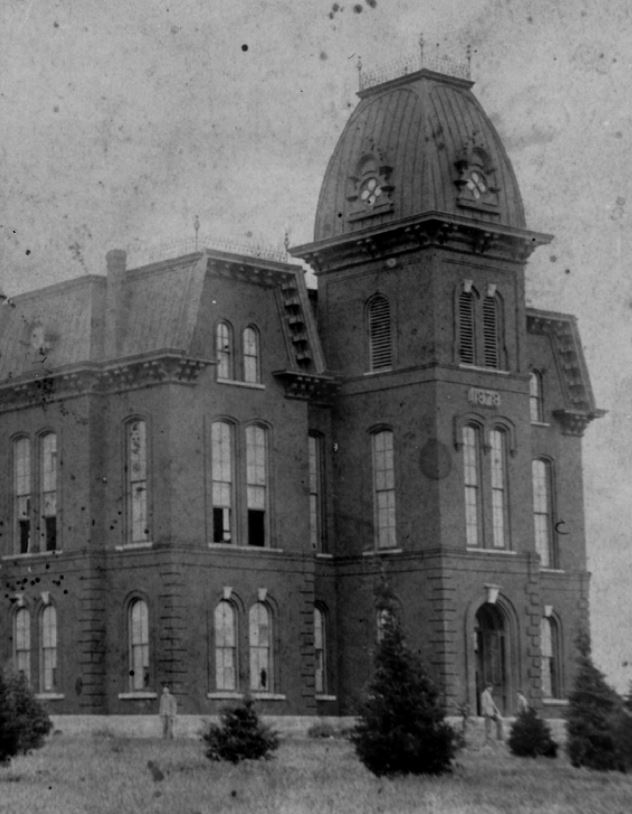
Austin College in Huntsville, Texas (established in 1849)
Remaining Days of Daniel Baker’s Life
Following the Beaufort revival, Baker’s life was filled with evangelistic tours covering areas from the east coast and up into Ohio, over to Texas, and to places in between. There were also several brief pastorates, as well as his efforts to raise finances for the establishment of Austin College, in Huntsville, Texas. (Relocated to Sherman, Texas in 1876.)
No Lessening of Evangelistic Power
Towards the end of his life, Baker witnessed a fresh outpouring of the Holy Spirit on his preaching, resulting in an ingathering of souls that surpassed anything since the revival of 1831-1832. Some of his preaching drew crowds of 2,000 – 3,000 people (this was in very sparsely populated areas).
Results of Daniel Baker’s Ministry
► Tens of thousands were converted through his preaching.
► Many young men received a call into the ministry, as well as holding high offices in their respective denominations.
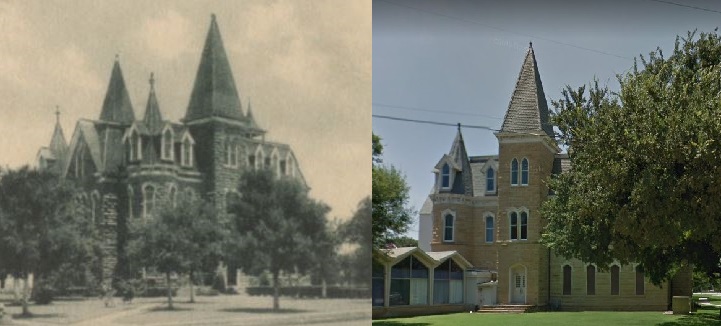
Daniel Baker College (then and now)
Having been consolidated with Howard Payne University, the building is now renovated and has become the Guy D. Newman Honors Academy.
In 1889, 32 years after his death, there was the establishment of Daniel Baker College in Brownwood, Texas. In 1952, that college was consolidated with another school in the same town, Howard Payne University.
Sources
► A Forgotten Spiritual Hero by Karen Stokes
► Baker, Daniel by Schaff-Herzog Encyclopedia
► Daniel Baker by Thomas W. Currie Jr.
► Daniel Baker College by Wikipedia
► Preachers with Power by Douglas F. Kelly
► The Life and Labors of Rev. Daniel Baker by William M. Baker
Return to List of Revival Stories
Chet & Phyllis Swearingen:
Office: (260) 920-8248
romans1015@outlook.com
Beautiful Feet
P.O. Box 915
Auburn, IN 46706

